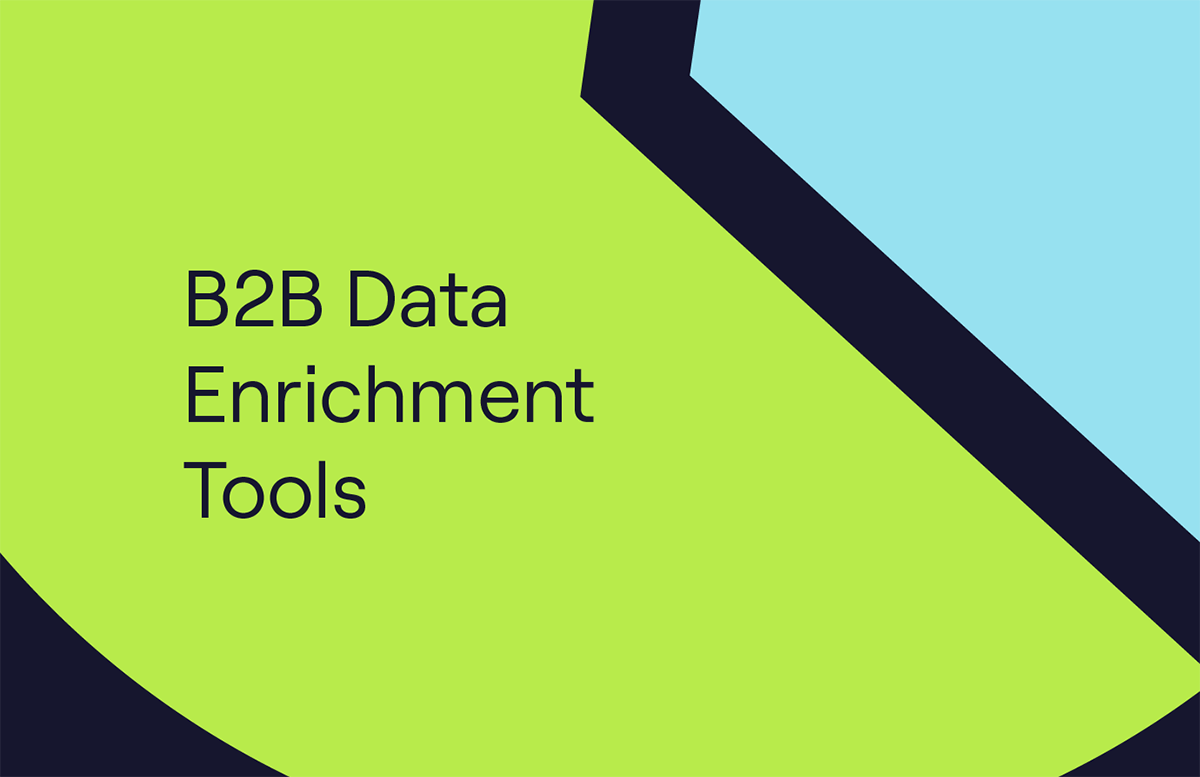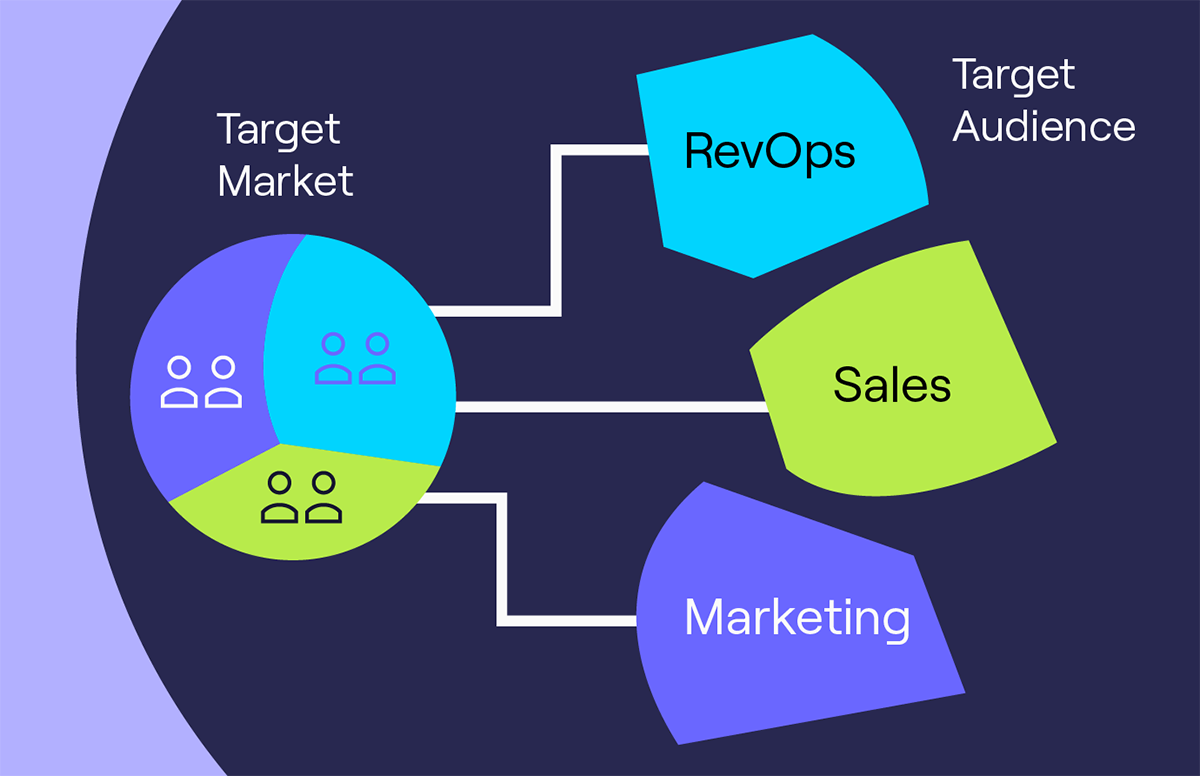Prospecting vs Lead Generation: What’s the Difference?
Contrary to common belief, prospecting and lead generation are not the same.
Their aims and methods differ significantly. There are specific situations where one is more effective than the other.
In this article, we’ll look at the key differences between sales prospecting vs lead generation and which approach works best when.
Scroll 👇 to find out everything about prospecting vs lead generation.
How is prospecting different from lead generation?
Prospecting is an activity usually carried out by sales reps, on a one-to-one basis. The goals are:
- Generating interest from potential customers who may not know about your B2B company.
- Qualifying leads and presenting product demos.
- Converting cold leads into warm leads and then into happy customers.
Unlike lead gen, it’s typically a short-term approach, a quick way to identify and qualify potential leads, then move them through the sales funnel.
These are the top prospecting strategies for sales professionals:
- Cold calling - the practice of contacting potential customers or clients by phone, typically to introduce a product or service and generate sales or leads.
- Cold emailing - reaching out to potential customers or clients via email, often for the purpose of introducing products or services, nurturing leads, or initiating sales conversations.
- Social selling - using social media platforms to engage with potential customers, build relationships, and ultimately drive sales.
- Video prospecting - using video content to engage potential clients or customers with personalised and visually compelling messages.
Our training video explores the most successful sales prospecting strategies - press ▶️ to watch!
How is lead generation different from prospecting?
On the other hand, lead generation is commonly a marketing activity and a one-to-many approach. It’s a long-term, slower method of building awareness and engagement from a wider target market than prospecting.
Leads tend to be pre-qualified and warmer than prospects; this is because they’ve already engaged with your content and brand.
Here are some B2B lead generation strategies:
- Landing pages - standalone web pages designed with a specific focus, often used to capture inbound leads through forms or direct them towards a particular action.
- Downloadable whitepapers - offered by businesses in exchange for contact info, these are comprehensive documents that provide in-depth information or analysis on a topic.
- Pop-up forms - small windows that appear over website content, often prompting potential customers to take actions like subscribing to a newsletter, downloading a resource, or accessing a discount.
Watch our explainer video to find out more about lead generation 👇
How do you know which one to use?
Not knowing whether you should use prospecting or lead generation can result in empty sales pipelines. So it’s essential you employ the right approach at the right time.
Choose a prospecting approach if your pipeline is looking light and you need to replenish it quickly. For example:
Use cold calls to book appointments with qualified leads, fast. To succeed, you’ll have to think on your feet and be comfortable with frequent rejection.
On the other hand, if time is on your side, lead generation is a better way to go. It’s a longer-term approach that usually generates high-quality leads further down the line.
Follow these steps:
- Start by defining your Ideal Customer Profile.
- Then, create valuable content that’s 100% focused on your buyer persona.
By enticing new business to your brand, you’ll build awareness and grow engagement - and ultimately, fill your pipeline with a steady flow of warm and hot leads.
Sales prospecting top tip:
Invest in lead generation tools to increase your pipeline velocity.
Is prospecting the same as lead generation?
The short answer is no!
Prospecting is the first step in a sales process, while lead generation is related to marketing.
Sales teams use prospecting to find relevant potential buyers, while lead generation specialists work on attracting leads and converting them into loyal customers.
If you need more information on this, read our guide to prospect vs lead differences or look at these examples of what both approaches mean in practice.
Prospecting examples
If you need to start prospecting, here are some things you can try:
- Personalised emails - compile a B2B sales lead list that matches your ideal customer profile. Once you’ve got a list of potential leads, hit them with attention-grabbing cold email campaigns.
- Cold calling - qualify your prospective customers over phone calls; check they have a need for your product (as well as the authority to buy and the budget). Then arrange a meeting to encourage your sales prospects to become actual customers!
- Social selling - contact your target audience on LinkedIn, start a conversation with them and try to arrange meetings.
Lead generation examples
If you want to start a lead generation process, here are some effective strategies:
- Content marketing - create helpful content that engages your audience, such as blogs, webinars, eBooks, or whitepapers. You can put them behind a gate, so a prospect would need to give you their email address before they can access them.
- Account-based marketing (ABM) - a strategic approach that targets high-value warm prospects and companies with personalised marketing campaigns and tailored messaging.
- Industry events - gatherings where businesses can connect with potential customers in person, nurture relationships, demonstrate expertise, and collect contact details for follow-up marketing efforts.
When prospecting and lead generation work together
Prospecting is more of a sales team activity, while marketing professionals usually handle lead generation. However, for most B2B companies, it’s much more powerful when the two functions work together.
In any B2B or SaaS organisation, sales teams and marketing teams should be closely aligned. Their common aim should be bringing high-quality, targeted leads into the funnel. Sales and marketing should get together and set out their quarterly objectives.
To get a perfect balance between lead generation vs prospecting means that they should also agree on a sales strategy, the definitions of a lead and an unqualified lead, and anything else that gets them working better together. It will stop the two teams from duplicating work and treading on each other’s toes.
Understanding the intricacies of lead generation and appointment setting can significantly enhance your strategy by ensuring a seamless transition from initial contact to successful sales meetings.
These stats prove how powerful aligned sales prospecting and lead generation are:
- Closing deals is 67% more efficient.
- Customer retention is 36% higher.
- Sales win rates increase by 38%.
- Revenue growth and profit growth are respectively 24% and 27% faster over three years.
Top tip:
You may also want to learn the difference between demand generation vs lead generation.
/CTAs%20(SEO)/webp-cognism-linkedin-sales.webp?width=672&height=258&name=webp-cognism-linkedin-sales.webp)


